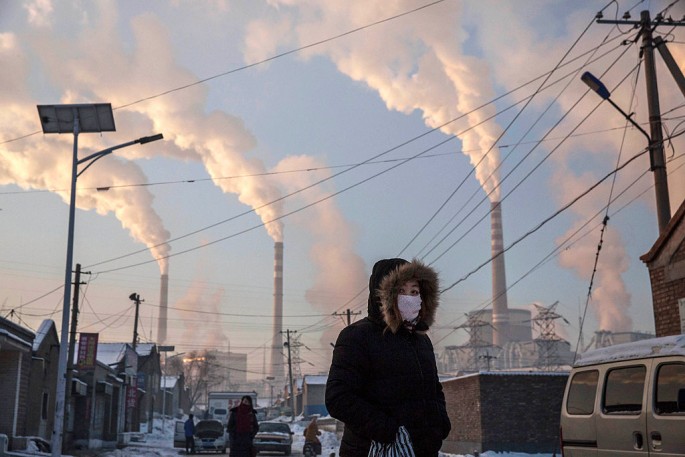Construction of new coal-fueled power plants are on the rise despite government efforts, Greenpeace said.
In a research made by the pro-environment group, three policies were formed by the National Energy Administration (NEA) last April.
These policies aim to retire outdated power plants, to set up an early warning mechanism on overcapacity risks, and to delay approving and constructing new plants in provinces with excess capacity.
In April, the NEA gave authority to local governments to implement these policies even without approval from Beijing.
Greenpeace sees that with these policies, 110 gigawatts of coal power will be suspended and 70 gigawatts will be retired by 2020.
However, two new power plants are constructed every week since the enactment of the policies.
Greenpeace energy campaigner Lauri Myllyvirta said, "China's worsening coal overcapacity crisis is acting as a dead weight on the country's energy transition."
The NEA reported that the coal power production has increased to 990 gigawatts or a 7.8 percent increase in 2015. An additional 24 gigawatts was produced in 2016.
Coal-produced energy is bringing tremendous environmental hazard to the county. Air pollution is produced during production, causing damage to the atmosphere.
Aside from air pollution, the waste from burning coal makes the soil lose its nutrients. The land that absorbs the ash becomes unusable.
The World Health Organization reported in 2008 that about a million people are affected by coal-burning power plants. Environmental activists claim that coal plants have cost 24,000 lives a year in the United States alone.
In June, the Chinese government set an "ecological red line" to set the limits on water and energy consumption for industrial development.



























